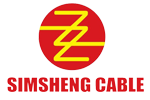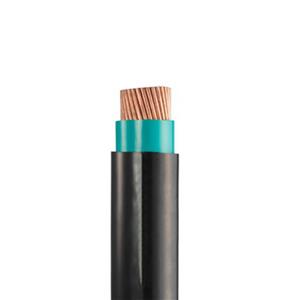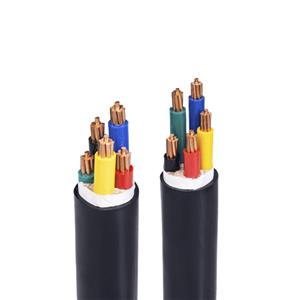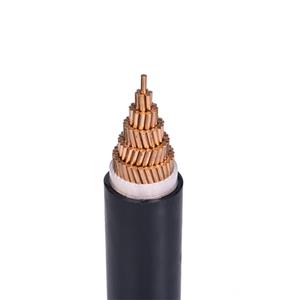Small cables have a lot to teach you
1. Meaning of symbols such as BV and BLV in wires and cables
These symbols are some models of wires. We classify the B series as cloth wires, so we use B at the beginning. Voltage: 300/500V. Wires are divided into electromagnetic wires and general insulated wires according to their uses. Insulated wires are also called cloth wires. Insulated wires (cloth wires) refer to wires covered with an insulating layer, including various connecting wires and installation wires. Do you know the meanings of the following symbols?
V is PVC polyvinyl chloride, that is, (plastic), L is the code for aluminum core, T is the code for copper core (generally omitted), and R means (soft). To make it soft, it means increasing the number of conductors. BV copper core polyvinyl chloride insulated wire, BLV aluminum core polyvinyl chloride insulated wire, BVR copper core polyvinyl chloride insulated soft wire, the structures of the above wires are: conductor + insulation
Let's take 2.5mm2 as an example: BV is 1 diameter 1.78mm and 7 0.68, BLV is 1 diameter 1.78mm, and BVR is 19 diameter 0.41mm. RV copper core polyvinyl chloride insulated connecting soft wire. It is softer than BVR, and 2.5 is 49 0.25mm copper wires. RVV copper core PVC insulated PVC sheathed soft wires have one more plastic sheath than RV.
In addition: our most commonly used "sheathed wire", BVVB copper core PVC insulated PVC sheathed flat cable, is 2 BV wires, plus a layer of white sheath.
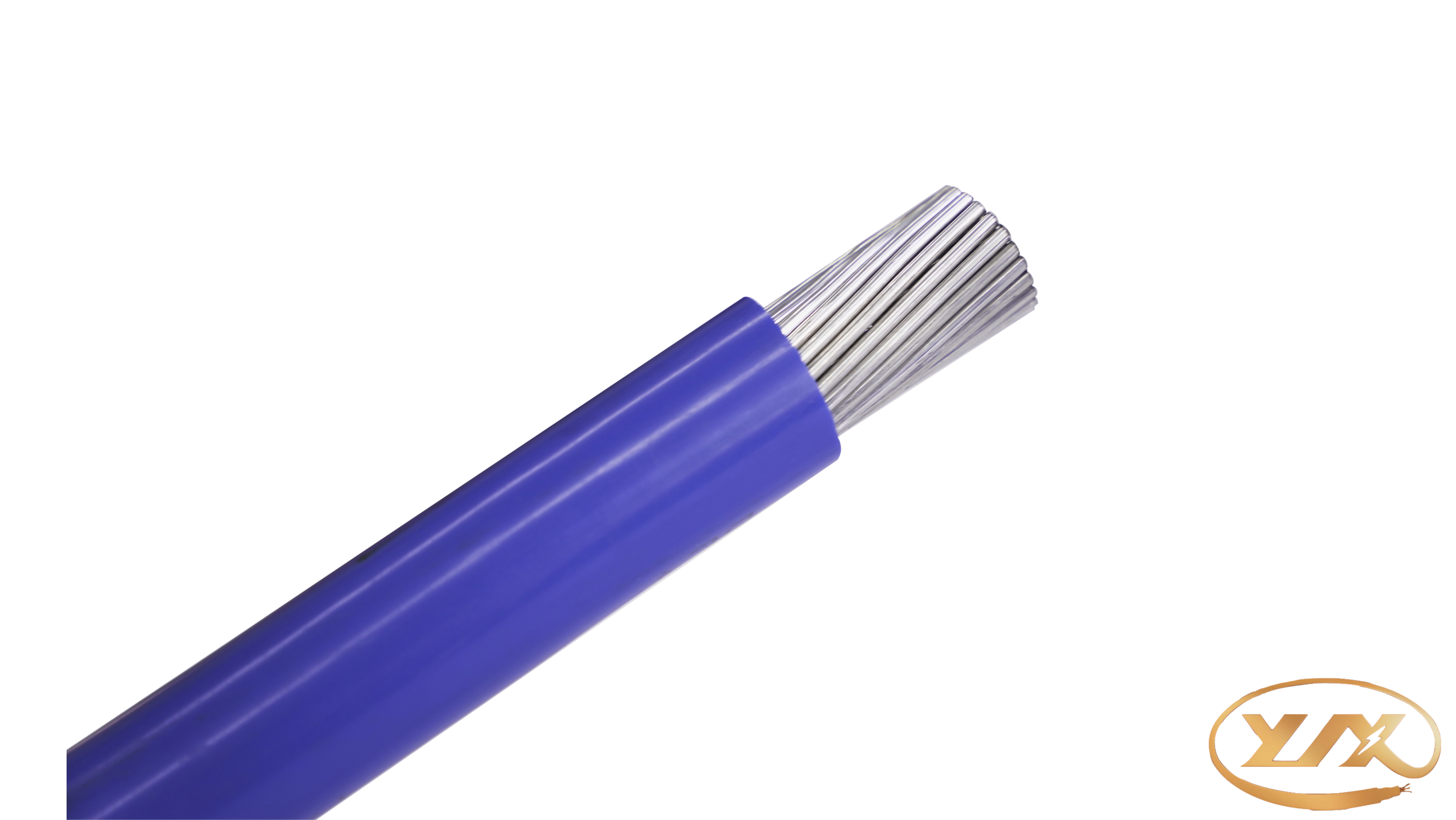
2. What is a sheathed wire?
Sheathed wire refers to a single-core or multi-core wire with a sheath layer. The sheathed wire is safer. Simply put, it is the most commonly used "sheathed wire", a layer of white polyvinyl chloride sheath, with several BV wires inside. This kind of wire is generally a copper core wire. In addition to an insulating layer on the outside of the wire, there is also a protective layer on the outside of the wire. Commonly used sheathed wires are RVV, BVV, RVVB, and BVVB. Sheathed wires can be divided into hard sheathed wires and soft sheathed wires. According to the application environment and shape, they are divided into round sheathed wires and flat sheathed wires. Round sheathed wires are generally multi-core, and flat ones are generally single-core.
3. What is YJV cable (meaning of YJV cable)
YJV cable [full name] cross-linked polyethylene insulated polyvinyl chloride sheathed power cable, Y----polyethylene J----cross-linked V----polyvinyl chloride sheath, the number of cores is single-core, 2-core, 3-core, 4-core, 5-core, 3+1, 3+2, 4+1, etc., and the specifications range from 1.5 square to 240 square. The color is mainly black, suitable for indoor use, cable trenches, pipelines, tunnels, etc. It can also be buried in loose soil. It cannot withstand external forces. It is generally the main road for circuit transmission. The rated voltage is for power transmission and distribution of power lines. Usage characteristics: 1. The maximum rated temperature of the cable conductor is 90°C. When short-circuited (the longest duration does not exceed 5S), the maximum temperature of the cable conductor does not exceed 250°C. 2. The ambient temperature when laying cables should not be lower than 0°C. 3. The allowable bending radius during laying: single-core cable is not less than 15 times the outer diameter of the cable; multi-core cable is not less than 10 times the outer diameter of the cable.
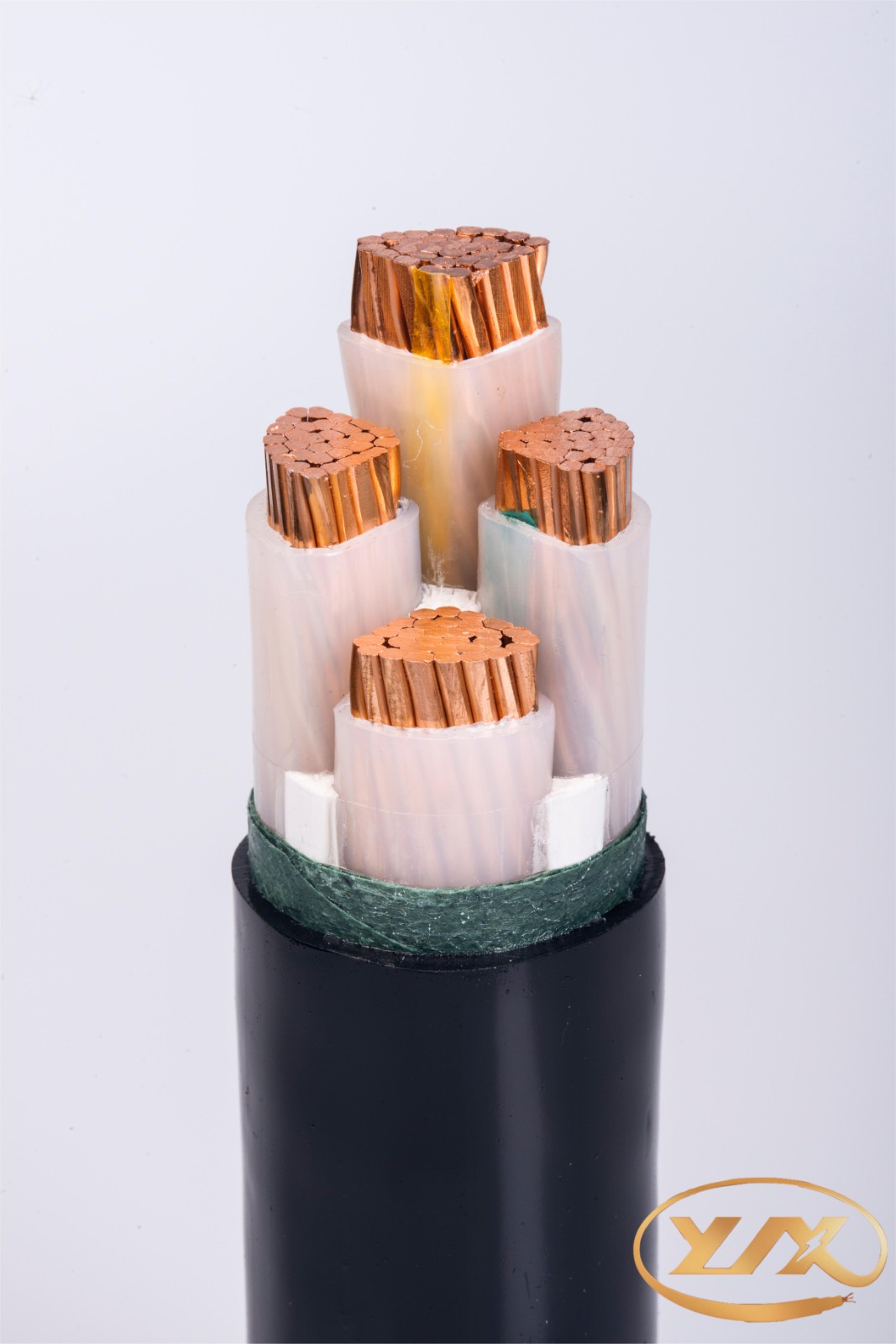
4. Knowledge of BV wires and cables
BV cable: It is a copper core polyvinyl chloride insulated wire and cable, referred to as plastic copper wire. It is the most commonly used wire in wires and cables, and it is also the wire we come into contact with most in our daily life. Conductor material: oxygen-free copper, insulation material: PVC, color: black, yellow, blue, red, brown, white, etc. Working temperature: 60 degrees, 70 degrees, 95 degrees, rated voltage: 450/750V, the ambient temperature when laying cables (wires) is not less than minus 15 degrees. Allowable bending radius of cable: 1. Cable outer diameter (D) less than 25mm is not less than 4D; 2. Cable outer diameter (D) of 25mm and above should be not less than 6D. Finished cables (wires) and cable cores must undergo power frequency spark withstand voltage test.
